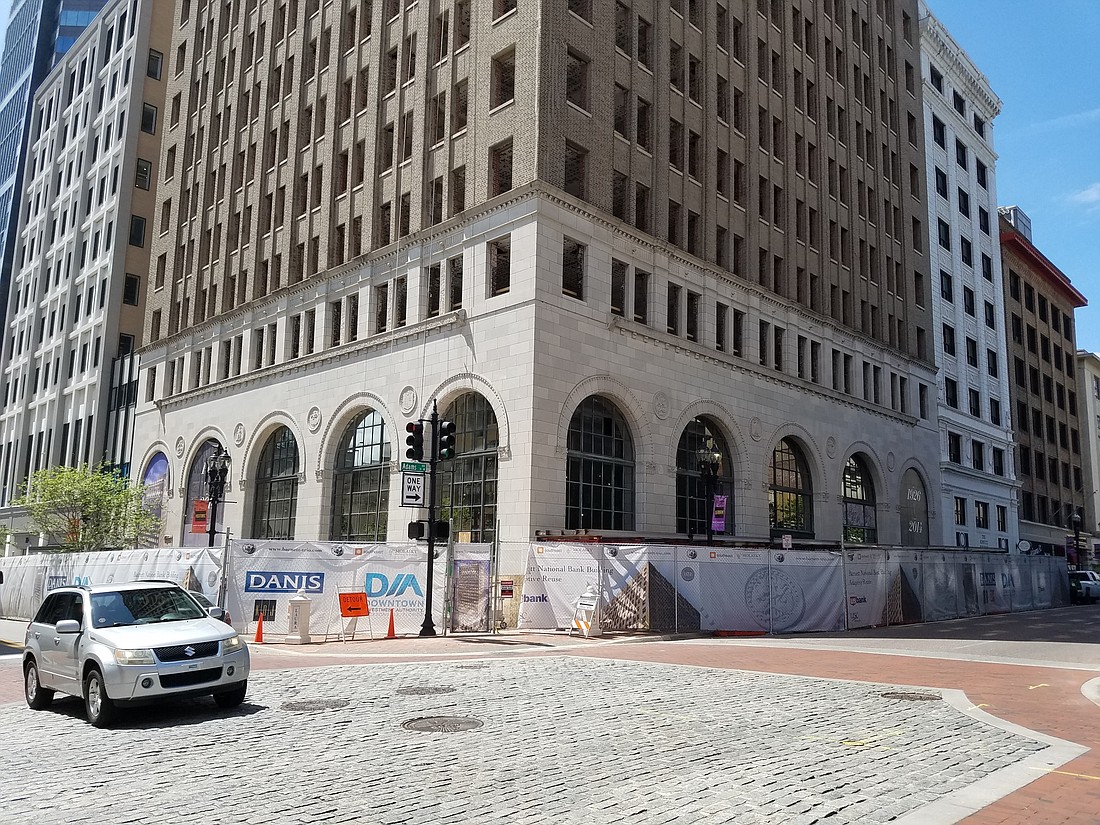
Florida’s commercial real estate industry contributed $189.4 billion to the state’s economy in 2017, the third most of any state, according to an annual economic impact study.
Only California and Texas contributed more, according to a NAIOP Commercial Real Estate Development Association survey conducted by George Mason University.
Florida also ranked third among the states in spending on commercial real estate, at $99.8 billion. Only Texas and California were bigger spenders.
Florida ranked fifth in total economic impact in 2017 at $19.3 billion, behind California, Texas, New York and Pennsylvania.
“Construction spending has increased each year since 2011, gaining 54.6 percent between 2011 and October 2017,” George Mason University professor Stephen Fuller wrote in NAIOP’s Economic Impacts of Commercial Real Estate 2018 edition.
“Nonresidential building construction spending has increased 37 percent between 2013 through October 2017, reflecting an increase of $126.7 billion in construction spending over this period,” he wrote.
Florida’s retail and entertainment and warehouse sectors ranked second last year. The $66.3 billion in output was topped only by Texas, the NAIOP survey found.
Florida also ranked third for spending on warehouse development and construction, with a total output of $6.54 billion, behind only Texas and California.
Fuller contends the U.S. economy will continue to exhibit growth through 2020, however the NAIOP study cautions that rising interest rates, labor shortages, energy prices and the 2017 federal tax law could impact the economy.